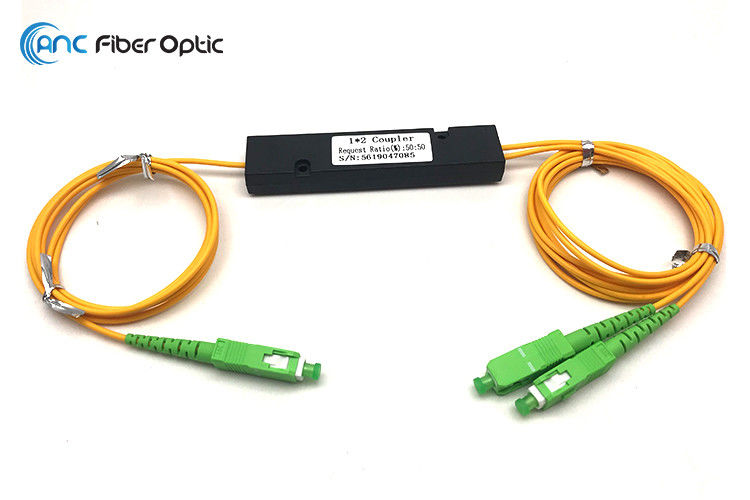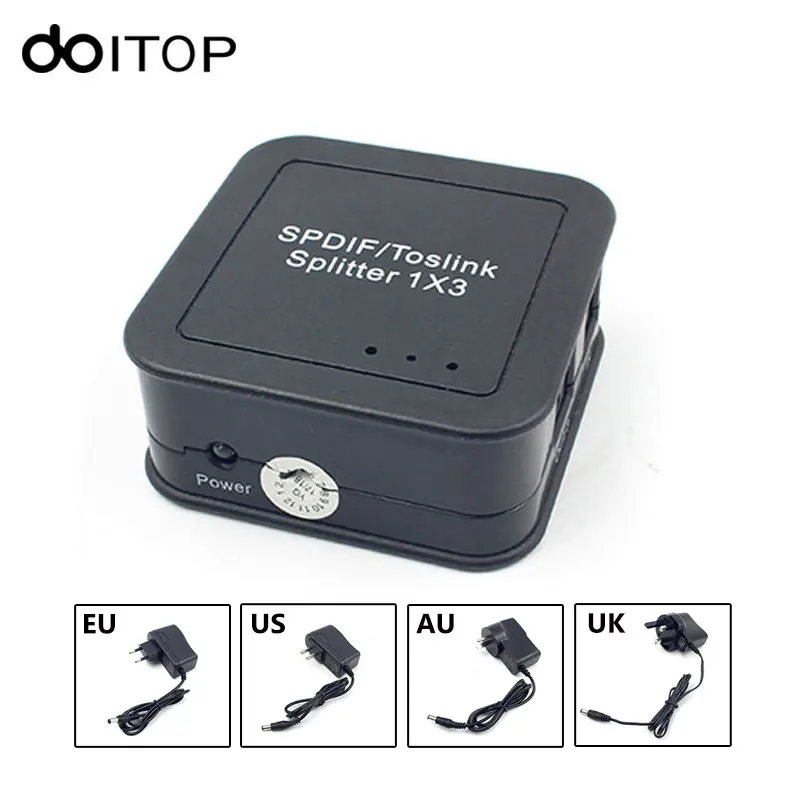
Still, before buying a rather expensive audio card with support for 24-bit 192khz audio output over TOSLINK, I wanted to see that written somewhere in a more concrete way.

Even a massive 24/192 BWF (broadcast wave format) file runs at about 4.6 mbps, which makes the maximum supported data transfer value of a TOSLINK cable just over 27 times faster than anything I would ever need. In theory, that should be more than sufficient to handle anything my speakers are capable of receiving. This has apparently been upgraded since first being released at 3.1 mbps and now, according to the wiki, supports up to a 125 mbits data transfer rate per second. At least the transfer speed information was provided. I was hoping something more along the lines of ".TOSLINK cables now support a maximum digital audio sample resolution of (insert actual bit-rate and frequency numbers here)," but instead I'm apparently being told that the capabilities have been extended to be virtually limitless and only constrained by whatever humans have managed to dream up so far - so long as "the manufacturer" specifies that it exists with their product, it is reality. Extended to support all modern formats (Depending on manufacture and specification) Originally limited to 48 kHz at 20 bits. The first hit for my search was Wikipedia, which gave this surprisingly vague information on the matter: Little did I know the kind of rabbit hole I was about to jump down as I went on Google to find out what the answer was.

Now all I needed to know to seal the deal was that a TOSLINK cable could support the maximum sample rate of my speakers and future sound card. Since 192khz at 24-bits was the top of what I had to work with, I made that my goal for my little audio cable project. In theory, the more information you have to describe a waveform, the more crisp, clear, dimensional, and amazing your audio is going to sound.
#Fiber optic audio splitter full#
So 24-bit size chunks of data are going to be stuffed full of more information than 16-bit chunks and at 192khz, twice as many of those juicy 24-bit chunks are going to be delivered per second than at say, 92khz. For those who don't know, in digital audio, "bit-depth" or "word length" refers to the size of the data chunks sampled per second and "hz" or "khz" is a symbolic carryover term from the analog days that now refers to the number of data chunks sampled per second. I knew my new speakers supported playing audio at up to 192khz with a 24-bit word length and I found a sound card with an optical output to match them. Plus, being an armchair quantum physics enthusiast, I found the idea of transmitting sound as photons of light to be pretty cool. Since everything I listen to is in digital format, an optical cable seemed like a great bet.
#Fiber optic audio splitter Bluetooth#
After comparing RCA to Bluetooth v4, and TOSLINK, I decided that TOSLINK looked like pretty compelling connectivity option because it's the only one that is insusceptible to magnetic interference, doesn't cause ground loops, and supports uncompressed digitally transmitted audio. I wanted to know which connection option was going to give me the highest level of audio quality. Rather than just having the usual RCA jacks I'm accustomed to, this new set of speakers had lots of options to choose from. I recently purchased a set of Edifier S2000Pro monitors and wanted to take full advantage of their sound capabilities.


Connect any audio component like CD player, DVD player, or other digital audio source to both home theater system of your receiver and recorder.Supports one male input to two female outputs Please note that the two female outputs can work together at the same time! Toslink fiber optic audio splitter allows you to connect one optical audio source and split it into two receiving devices,such as a A/V receiver and a soundbar.1x2 Toslink Digital Fiber Optic Audio Splitter 1 Male Input 2 Female Output - With 24K Gold Plated Connectors For Home


 0 kommentar(er)
0 kommentar(er)
